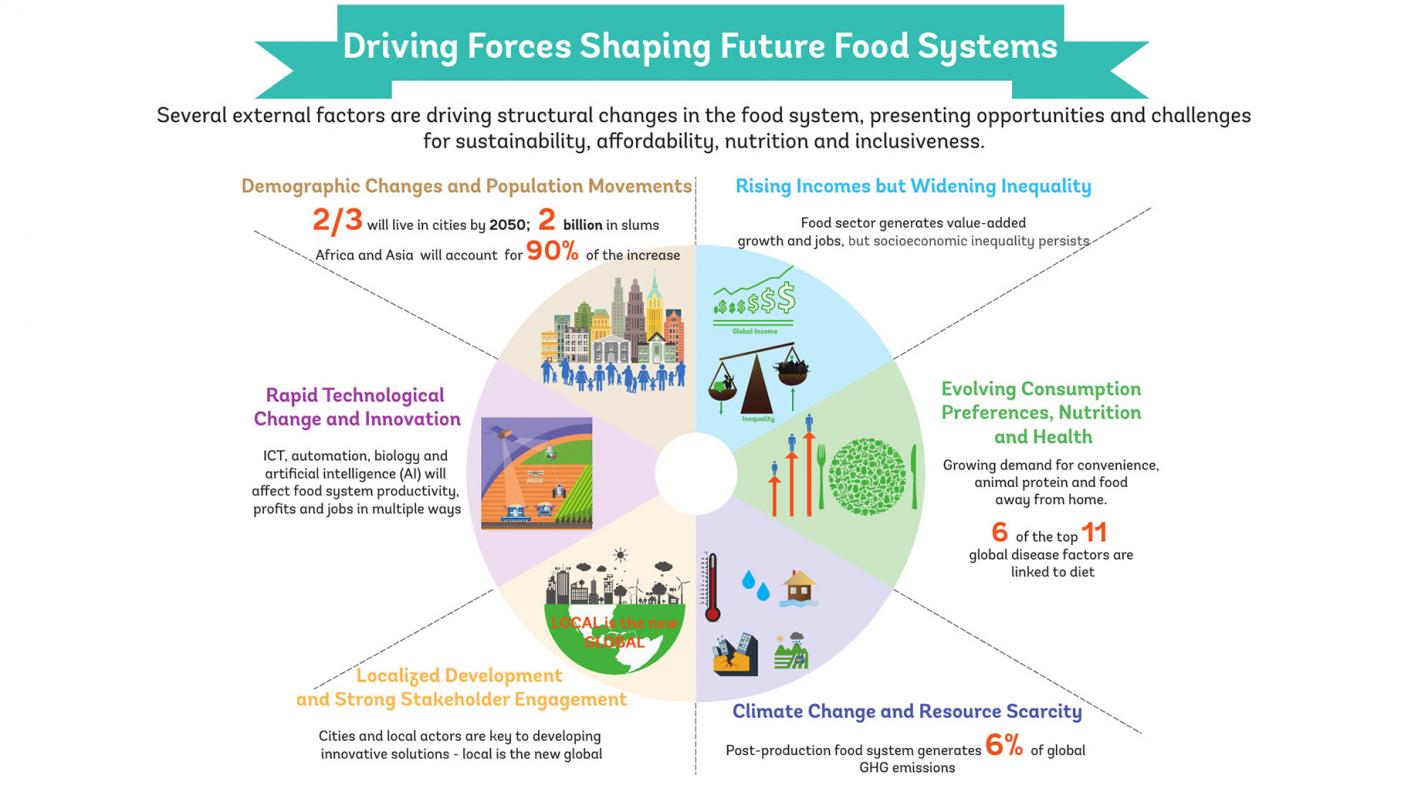21 January 2021. Recently, a number of agencies have used food system visualizations (FSVs) to illustrate the complexity of these systems. IISD has reviewed a number of FSVs to compare how they focus on and represent different components of food systems and to assess how they cover policy and decision-making priorities, including the Sustainable Development Goals (SDGs). Find out more. There is increasing recognition that our food comes from a complex set of systems, encompassing agricultural techniques and ecosystems, as well as food security and nutrition—all of which are affected by different governance and policy choices. Recently, a number of agencies have used food system visualizations (FSVs) to illustrate the complexity of these systems. IISD has reviewed a number of FSVs to compare how they focus on and represent different components of food systems and to assess how they cover policy and decision-making priorities, including the Sustainable Development Goals (SDGs).
Platform for African – European Partnership in Agricultural Research for Development
Thursday, February 18, 2021
Visual Representations of Food Systems
Subscribe to:
Post Comments (Atom)


No comments:
Post a Comment